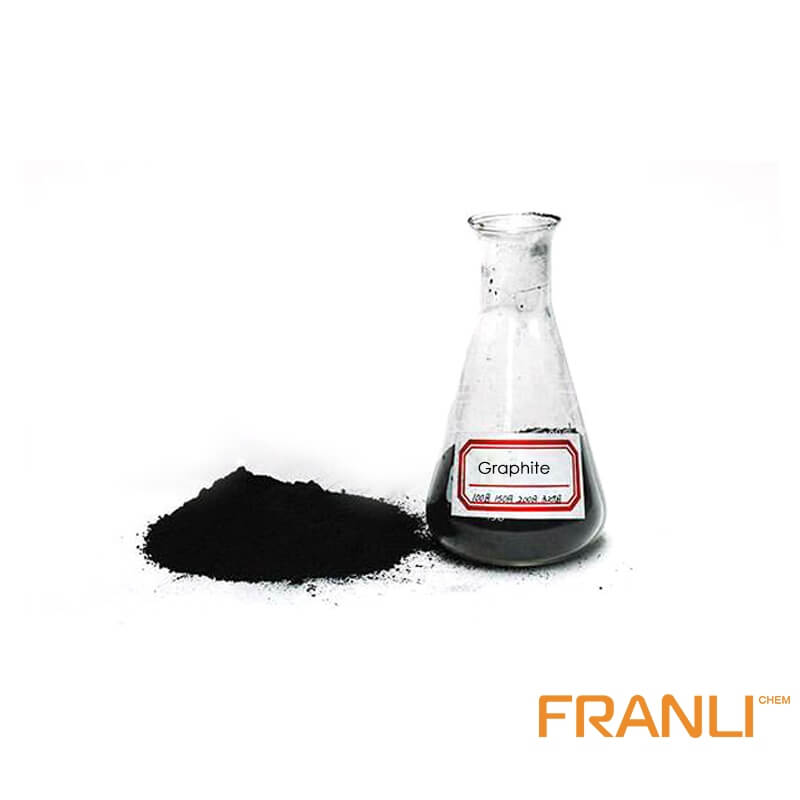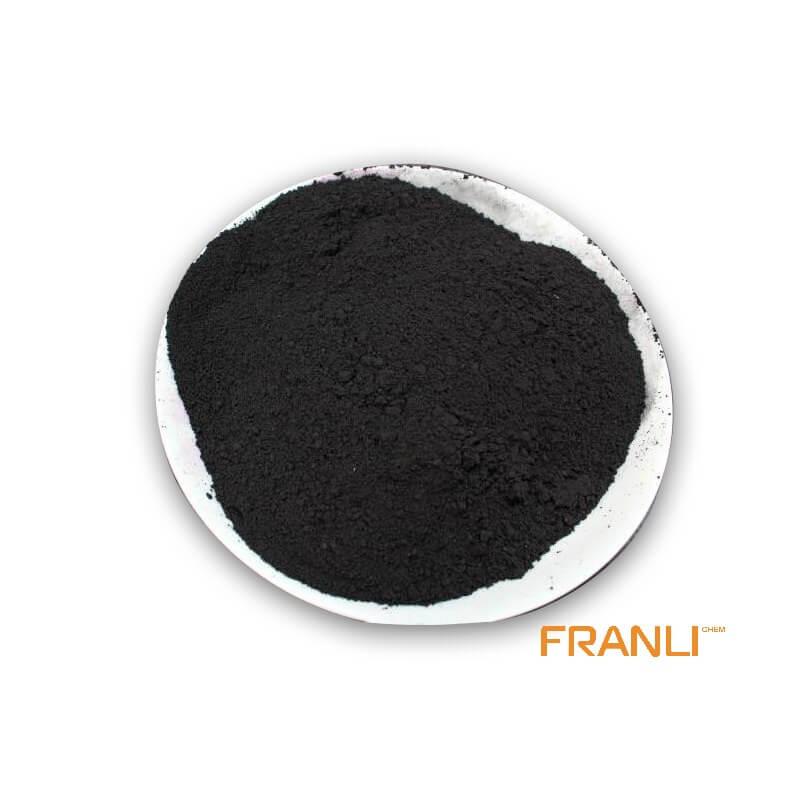

Graphite Powder
Size
1≥60%, etc
Package
25kg small bags into ton bags or ton bags
Features
High temperature resistance, conductivity and thermal conductivity, etc.
Application
As refractory material, conductive material and wear-resistant lubricating material, etc.
Graphite powder is a widely used industrial material, which is obtained from high-purity graphite after crushing, grinding, and screening. The classification of graphite powder is mainly based on the particle size, ranging from 50 mesh to 30000 mesh. The larger the mesh, the finer the particle size, and the higher the price.
Request a quoteGraphite powder is a very sensitive chemical reaction material. In different environments, its resistance will change, that is, its resistance value will change, but one thing will not change. Graphite powder is a very good non-metallic conductive material. As long as it is in an insulated object to ensure that the graphite powder is uninterrupted, just like a thin wire will be charged, but, There is no exact value for this value. Due to the different thicknesses of graphite powder, the resistance of graphite powder used in different materials and environments is also different.

Graphite powder is soft, dark gray, and greasy, which will pollute the paper. The hardness is 1 ≤ 2. With the increase of impurity content, the hardness can be increased to 3 ≤ 5 in the vertical direction. The specific gravity is 1.9-2.3. Under the condition of oxygen isolation, its melting point is above 3000 ℃, which is one of the most high-temperature resistant minerals. At room temperature, the chemical properties of graphite powder are relatively stable and insoluble in water, dilute acid, dilute alkali, and organic solvents; The material has high-temperature conductivity and can be used as a refractory, conductive material, wear-resistant lubricating material, etc.
Graphite powder is widely used. According to its different uses, we can divide graphite powder into the following categories:
Flake graphite powder:
Flake graphite powder is widely used and is also the raw material for processing into other graphite powders. The specifications of graphite powder vary from 32 mesh to 12000 mesh. Flake graphite powder has good toughness, good thermal conductivity, and corrosion resistance. It can be used as refractory, wear-resistant lubricating material, conductive material, casting, sanding, die casting, and high-temperature metallurgical material.
Colloidal graphite powder:
Colloidal graphite is composed of 2 μ Colloidal graphite is a kind of black silk viscous suspended liquid. Colloidal graphite powder has the properties of high-quality natural flake graphite. It has special oxidation resistance, self-lubricating, and plasticity under high-temperature conditions. At the same time, it has good conductivity, heat conduction, and adhesion. It is mainly used in sealing, metallurgical demoulding, and other industries.

Ultrafine graphite powder:
The specification of ultra-fine graphite powder is generally between 1800 mesh and 8000 mesh. It is mainly used in release agents of powder metallurgy, graphite crucible, battery cathode, and additive of conductive materials.
Nano graphite powder:
The main specification of nano graphite powder is d50400 nm. The process of nano graphite powder is complex and the production rate is low. Therefore, the price is relatively high. It is mainly used in anti-corrosion coatings, lubricating oil additives, grease additives, precision graphite sealing, and other industries. In addition, nano graphite powder also has high application value in scientific research institutions.
High purity graphite powder:
As the name suggests, high-purity graphite powder is highly purified, its conductivity is 100 times that of ordinary metals, and has good lubrication. High purity graphite powder is mainly used to make conductive coatings and high-strength graphite electrodes.



